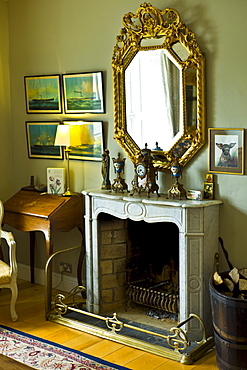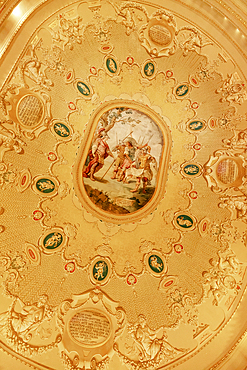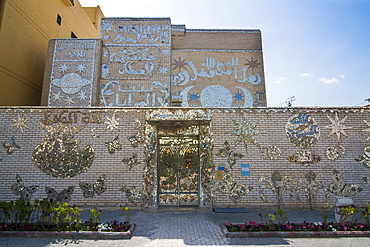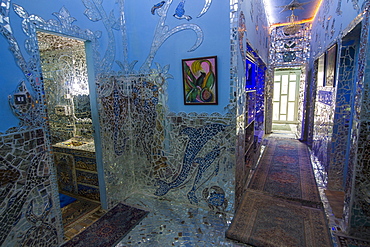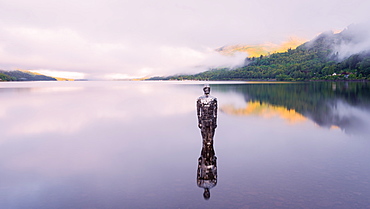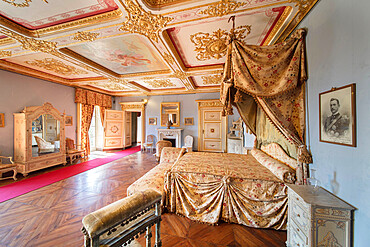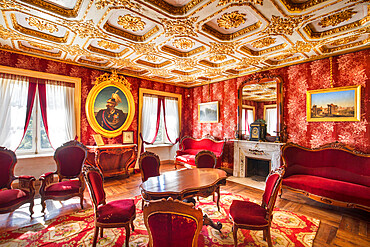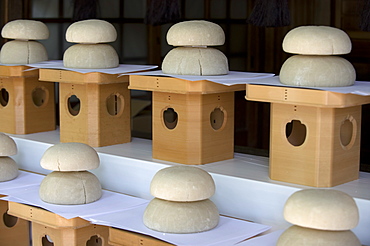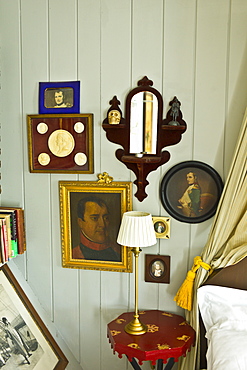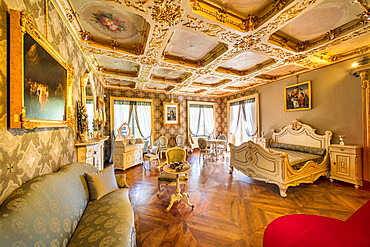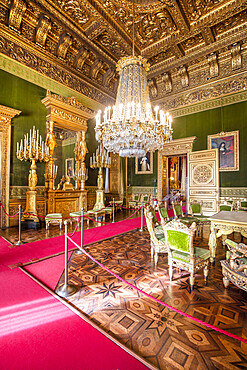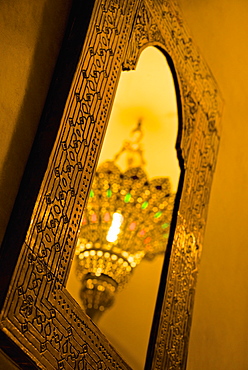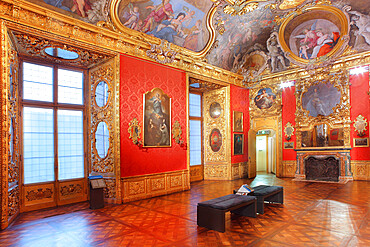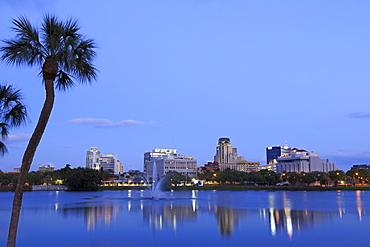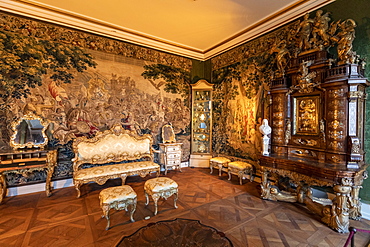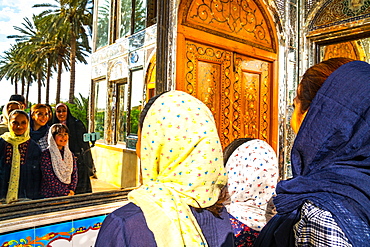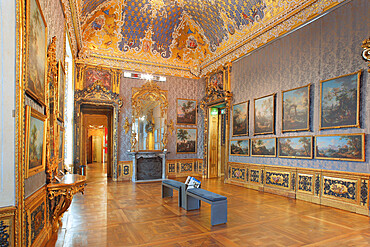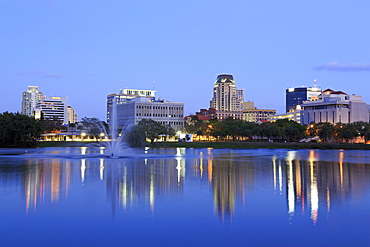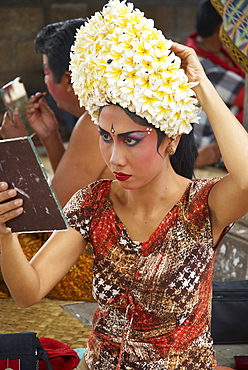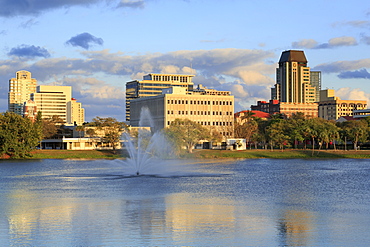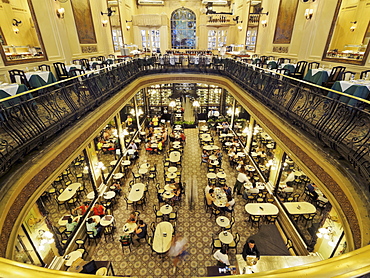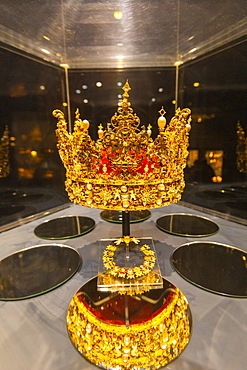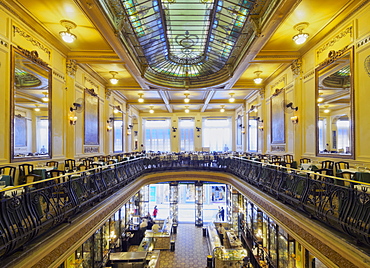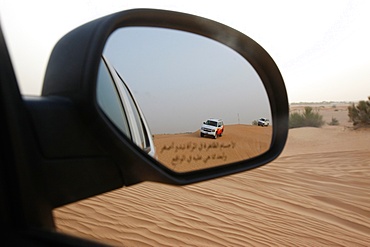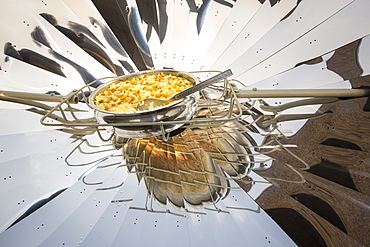Results
« Previous 1 2 3
244 results found

Stone with Pictish and early Christian symbols, Aberlemno Pictish Stones, Aberlemno, Angus, Scotland, United Kingdom, Europe

Decoration of patterns in glass, mirrors, ceramics and other fragments of objects embedded in stucco by sculptor Isaiah Zagar, South Street, Philadelphia, Pennsylvania, United States of America, North America

Decoration of patterns in glass, mirrors, ceramics and other fragments of objects embedded in stucco by sculptor Isaiah Zagar, South Street, Philadelphia, Pennsylvania, United States of America, North America
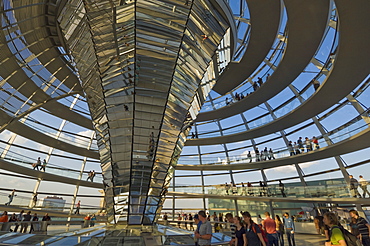
Visitors walk up a spiralling ramp around the cone shaped funnel in the dome cupola, which has 360 glass mirrors reflecting light into the Plenary chamber of the Reichstag building, designed by Sir Norman Foster, Berlin, Germany, Europe
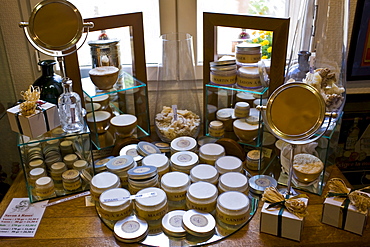
Artisan soaps on sale at Martin de Candre specialist savon shop Mestre at Fontevraud L'Abbaye, Loire Valley, France
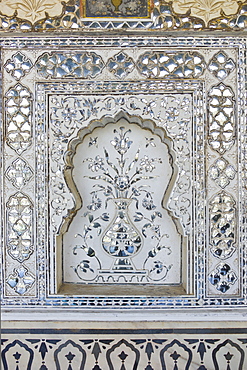
Islamic Persian design Hall of Mirrors, at The Amber Fort a Rajput fort built 16th Century in Jaipur, Rajasthan, Northern India

Alligator, and its reflection as a mirror image, in Turner River, Everglades, Florida, United States of America

The Hall of Mirrors at Versailles is filled with visitors. Chandeliers hang from the ceiling, reflecting in the mirrored walls.
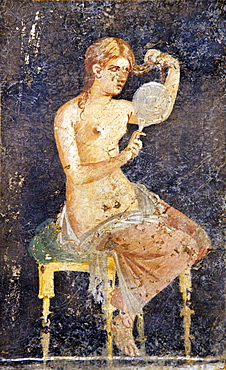
Woman combing her hair in mirror, Villa Ariadne, Pompeii, UNESCO World Heritage Site, Campania, Neapolitan Riviera, Italy, Europe
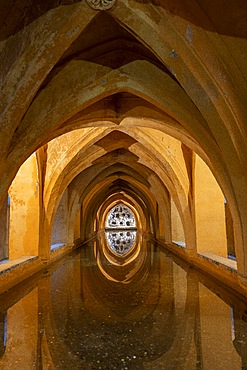
Banos de Dona María de Padilla (Baths of Dona María de Padilla), Alcazar of Seville, UNESCO, Seville, Andalusia, Spain
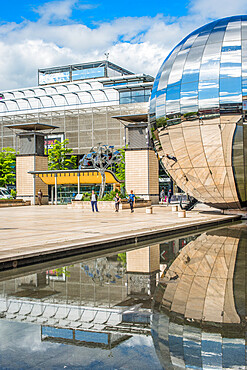
Millennium Square with the Planetarium in the form of a huge walk-in mirror ball in Bristol, Avon, England, United Kingdom, Europe
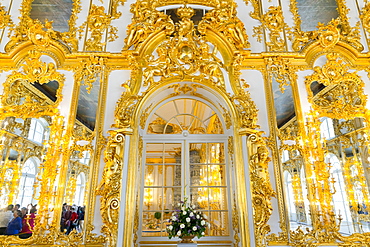
Doorway in the Ballroom, Catherine Palace, UNESCO World Heritage Site, Pushkin, near St. Petersburg, Russia, Europe
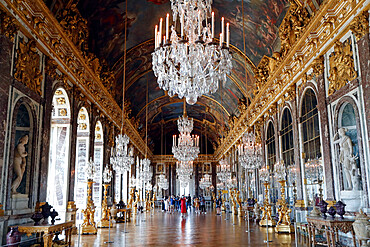
Palace of Versailles interior, Galerie des Glaces (Hall of Mirrors), UNESCO World Heritage Site, Versailles, Yvelines, France, Europe
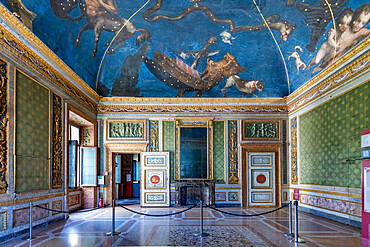
Hall of the Zodiac, Palazzo Ducale,UNESCO World Heritage Site, Mantova (Mantua), Lombardia (Lombardy), Italy, Europe
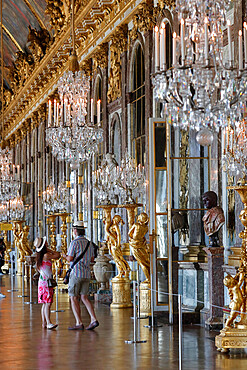
Palace of Versailles interior, Galerie des Glaces (Hall of Mirrors), UNESCO World Heritage Site, Versailles, Yvelines, France, Europe
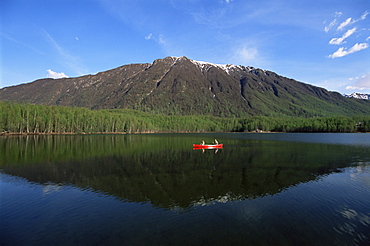
Man and woman canoeing in Mirror Lake, Chugach Mountains, Anchorage, Alaska, United States of America, North America
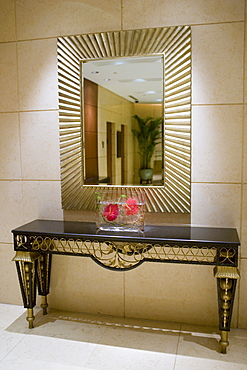
Mirror and console table in the hallway of the Beijing Hotel, official host hotel for Beijing Olympic Games, China
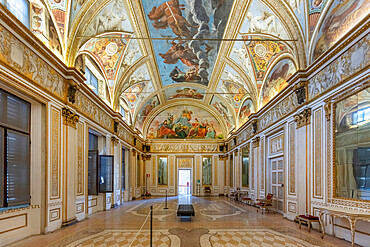
Gallery of Mirrors, Palazzo Ducale, UNESCO World Heritage Site, Mantova (Mantua), Lombardia (Lombardy), Italy, Europe

Decoration of patterns in glass, mirrors, ceramics and other fragments of objects embedded in stucco by sculptor Isaiah Zagar, South Street, Philadelphia, Pennsylvania, United States of America, North America
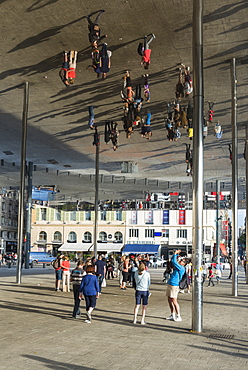
The Port Vieux Pavilion Mirrored Canopy, Marseille, Bouches du Rhone, Provence, Provence-Alpes-Cote d'Azur, France, Europe

Man and woman canoeing in Mirror Lake, Chugach Mountains, Anchorage, Alaska, United States of America, North America
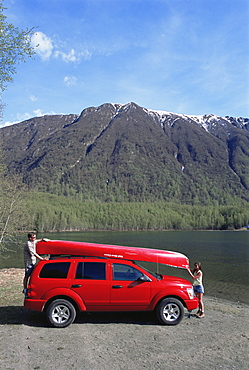
Couple unloading canoe at Mirror Lake, off Seward Highway, Chugach Mountain Range, Bear Mountain, Anchorage, Alaska, United States of America, North America
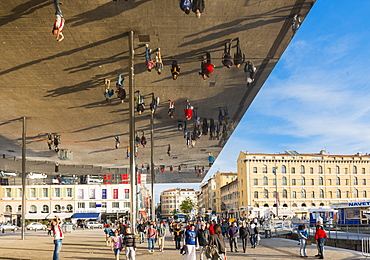
The Port Vieux Pavilion Mirrored Canopy, Marseille, Bouches du Rhone, Provence, Provence-Alpes-Cote d'Azur, France, Europe
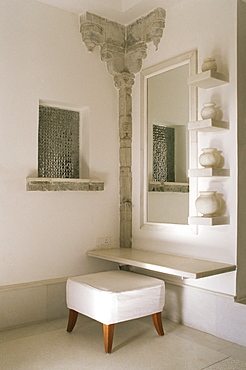
Detail in a guest bedroom, Devi Garh Fort Palace Hotel, Devi Garh, near Udaipur, Rajasthan state, India, Asia
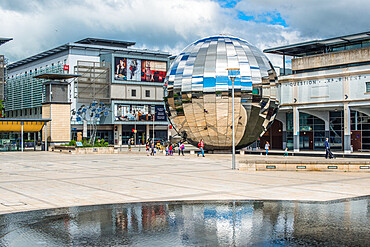
Millennium Square with the Planetarium in the form of a huge walk-in mirror ball in Bristol, England, United Kingdom, Europe
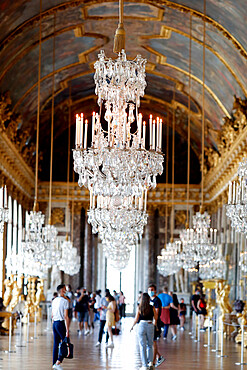
Palace of Versailles interior, Galerie des Glaces (Hall of Mirrors), UNESCO World Heritage Site, Versailles, Yvelines, France, Europe

Sunniside Gardens, including a glass and mirror sculpture designed by Laura Johnston, Sunderland, Tyne and Wear, England, United Kingdom, Europe
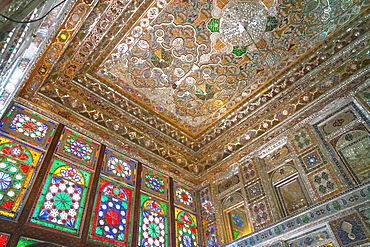
Mirrored reception hall ceiling, Khan-e Zinat al-Molk, Qavam al-Molk family's private quarters, Shiraz, Iran, Middle East
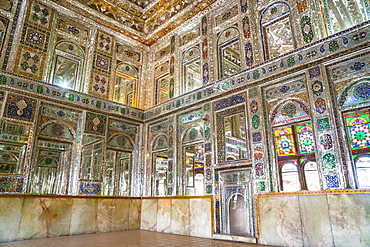
Mirrored reception hall, Khan-e Zinat al-Molk, Qavam al-Molk family's private quarters, Shiraz, Iran, Middle East
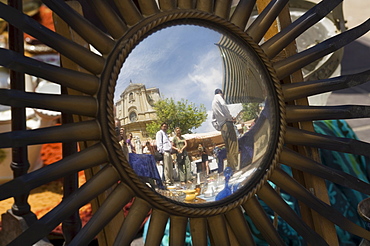
Marche a la Broquante, Cours Saleya, Nice, Alpes Maritimes, Provence, Cote d'Azur, French Riviera, France, Europe
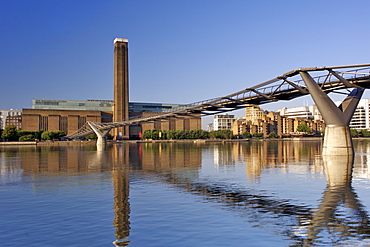
Early morning view of the Tate Modern art Gallery and Millenium Bridge reflecting in the Thames River in London. The Tate Modern is the converted former Bankside power station on the south bank of the Thames River. It was built in two phases between 1947 and 1963 and was designed by Sir Giles Gilbert Scott.
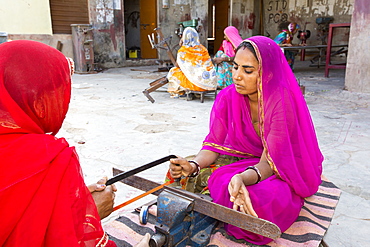
Women constructing solar cookers at the Barefoot College in Tilonia, Rajasthan, India. The Barefoot College is a worldwide charity, founded by Bunker Roy, its aims are, education, drinking water, electrification through solar power, skill development, health, women empowerment and the upliftment of rural people. The use of the cookers, vastly reduces the amount of fire wood women have to go out and collect from the forest.
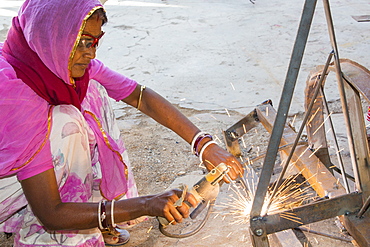
Women welding joints during the construction of solar cookers at the Barefoot College in Tilonia, Rajasthan, India. The Barefoot College is a worldwide charity, founded by Bunker Roy, its aims are, education, drinking water, electrification through solar power, skill development, health, women empowerment and the upliftment of rural people. Solar cookers save women having to walk to the froest to cut down wood for cooking, thus saving the forests, and a daily chore for woman.
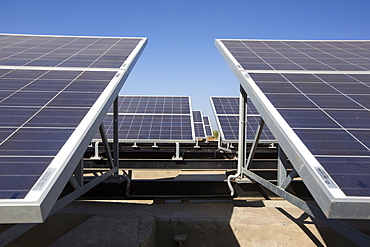
Solar panelsproviding electricity at the Barefoot College in Tilonia, Rajasthan, India. The Barefoot College is a worldwide charity, founded by Bunker Roy, its aims are, education, drinking water, electrification through solar power, skill development, health, women empowerment and the upliftment of rural people.
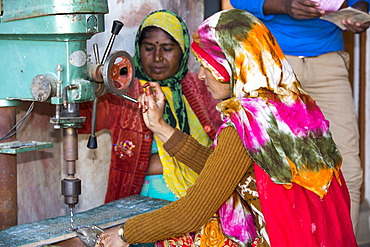
Women building solar cookers at the Barefoot College in Tilonia, Rajasthan, India. The Barefoot College is a worldwide charity, founded by Bunker Roy, its aims are, education, drinking water, electrification through solar power, skill development, health, women empowerment and the upliftment of rural people.
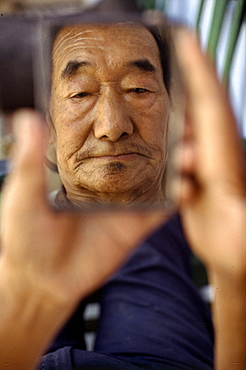
Reflection. Tibetan peoples home, rajpur, india. India. I remember this body when it a childs as it gradually took form of a youth. very limb is twisted worn. It is my body, it delights even my eyes.,seventh dalai lama, meditations on ways of impermanence. tradition regards meditation on death impermanence only as a useful technique keeping mind intensely focused. It also sees it as a method unlocking deepest secrets of life
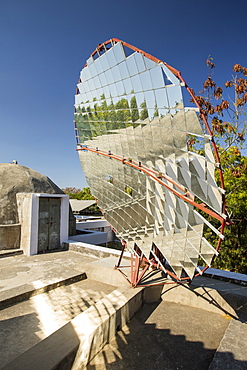
Solar cookers at the Barefoot College in Tilonia, Rajasthan, India. The Barefoot College is a worldwide charity, founded by Bunker Roy, its aims are, education, drinking water, electrification through solar power, skill development, health, women empowerment and the upliftment of rural people. The use of the cookers, vastly reduces the amount of fire wood women have to go out and collect from the forest.
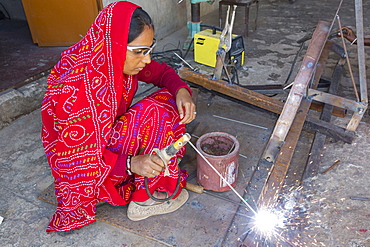
Women welding joints during the construction of solar cookers at the Barefoot College in Tilonia, Rajasthan, India. The Barefoot College is a worldwide charity, founded by Bunker Roy, its aims are, education, drinking water, electrification through solar power, skill development, health, women empowerment and the upliftment of rural people. Solar cookers save women having to walk to the froest to cut down wood for cooking, thus saving the forests, and a daily chore for woman.
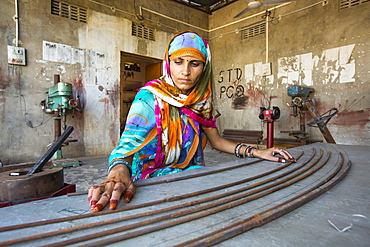
Women constructing solar cookers at the Barefoot College in Tilonia, Rajasthan, India. The Barefoot College is a worldwide charity, founded by Bunker Roy, its aims are, education, drinking water, electrification through solar power, skill development, health, women empowerment and the upliftment of rural people. The use of the cookers, vastly reduces the amount of fire wood women have to go out and collect from the forest.
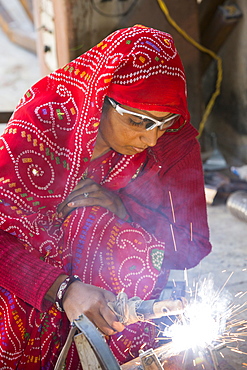
Women welding joints during the construction of solar cookers at the Barefoot College in Tilonia, Rajasthan, India. The Barefoot College is a worldwide charity, founded by Bunker Roy, its aims are, education, drinking water, electrification through solar power, skill development, health, women empowerment and the upliftment of rural people. Solar cookers save women having to walk to the froest to cut down wood for cooking, thus saving the forests, and a daily chore for woman.
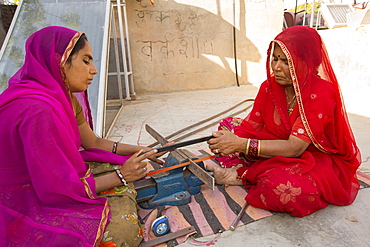
Women constructing solar cookers at the Barefoot College in Tilonia, Rajasthan, India. The Barefoot College is a worldwide charity, founded by Bunker Roy, its aims are, education, drinking water, electrification through solar power, skill development, health, women empowerment and the upliftment of rural people.

Women constructing solar cookers at the Barefoot College in Tilonia, Rajasthan, India, demonstrate how hot the device is, by holding a sheet of newspaper which instantly sets on fire in the 300 degree Celcius heat. The Barefoot College is a worldwide charity, founded by Bunker Roy, its aims are, education, drinking water, electrification through solar power, skill development, health, women empowerment and the upliftment of rural people. The use of the cookers, vastly reduces the amount of fire wood women have to go out and collect from the forest.
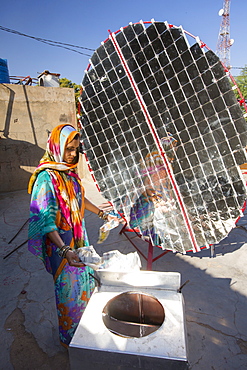
Women constructing solar cookers at the Barefoot College in Tilonia, Rajasthan, India. The Barefoot College is a worldwide charity, founded by Bunker Roy, its aims are, education, drinking water, electrification through solar power, skill development, health, women empowerment and the upliftment of rural people.
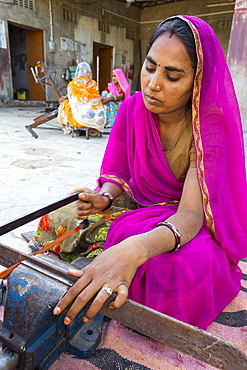
Women constructing solar cookers at the Barefoot College in Tilonia, Rajasthan, India. The Barefoot College is a worldwide charity, founded by Bunker Roy, its aims are, education, drinking water, electrification through solar power, skill development, health, women empowerment and the upliftment of rural people. The use of the cookers, vastly reduces the amount of fire wood women have to go out and collect from the forest.
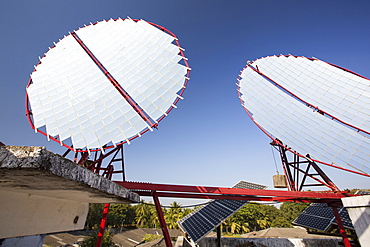
The Muni Seva Ashram in Goraj, near Vadodara, India, is a tranquil haven of humanitarian care. The Ashram is hugely sustainable, next year it will be completely carbon neutral. Its first solar panels were installed in 1984, long before climate change was on anyones agenda. Their energy is provided from solar panels, and wood grown on the estate. Waste food and animal manure is turned inot biogas to run the estates cars and also used for cooking. Solar cookers are also used, and the air conditioning for the hospital is solar run. 70 % of the food used is grown on the estate. They provide an orphanage, schools for all ages, vocational training, care for the elderly, a specialist cancer hospital withstate of the art machinary, and even have a solar crematorium. This shot shows solar panels that focus the suns rays on heat exchangers to boil oil, which is then sent down to the kitchens below to heat the cookers.
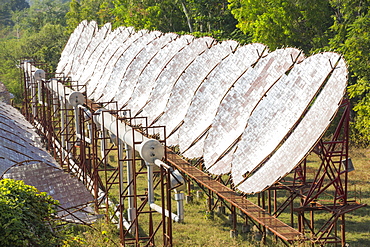
The Muni Seva Ashram in Goraj, near Vadodara, India, is a tranquil haven of humanitarian care. The Ashram is hugely sustainable, next year it will be completely carbon neutral. Its first solar panels were installed in 1984, long before climate change was on anyones agenda. Their energy is provided from solar panels, and wood grown on the estate. Waste food and animal manure is turned inot biogas to run the estates cars and also used for cooking. Solar cookers are also used, and the air conditioning for the hospital is solar run. 70 % of the food used is grown on the estate. They provide an orphanage, schools for all ages, vocational training, care for the elderly, a specialist cancer hospital withstate of the art machinary, and even have a solar crematorium. This shot shows the solar air conditioning for the Ashram's hospital.
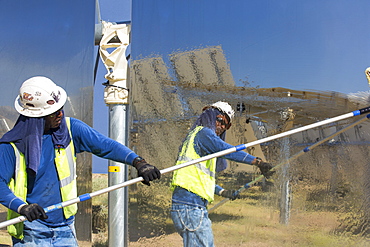
Workers washing the heliostats to maximise reflective power at the Ivanpah Solar Thermal Power Plant in California''s Mojave Desert is currently the largest solar thermal plant in the world. It generates 392 megawatts (MW) and deploys 173,500 heliostats that reflect the suns rays onto three solar towers. It covers 4,000 acres of desert.
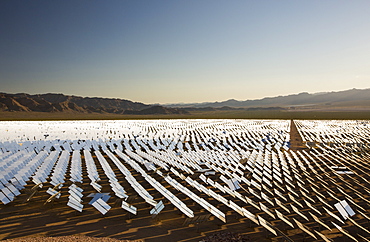
The Ivanpah Solar Thermal Power Plant in California''s Mojave Desert is currently the largest solar thermal plant in the world. It generates 392 megawatts (MW) and deploys 173,500 heliostats that reflect the suns rays onto three solar towers. It covers 4,000 acres of desert.
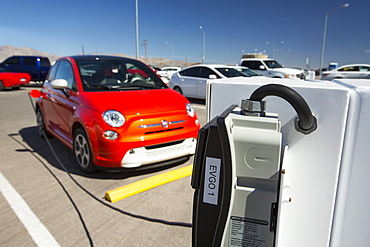
Electric cars being recharged at the Ivanpah Solar Thermal Power Plant in California''s Mojave Desert is currently the largest solar thermal plant in the world. It generates 392 megawatts (MW) and deploys 173,500 heliostats that reflect the suns rays onto three solar towers. It covers 4,000 acres of desert.
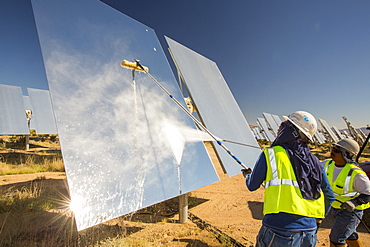
Workers washing the heliostats to maximise reflective power at the Ivanpah Solar Thermal Power Plant in California''s Mojave Desert is currently the largest solar thermal plant in the world. It generates 392 megawatts (MW) and deploys 173,500 heliostats that reflect the suns rays onto three solar towers. It covers 4,000 acres of desert.
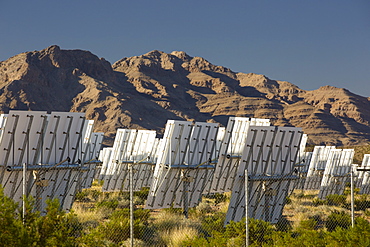
The Ivanpah Solar Thermal Power Plant in California''s Mojave Desert is currently the largest solar thermal plant in the world. It generates 392 megawatts (MW) and deploys 173,500 heliostats that reflect the suns rays onto three solar towers. It covers 4,000 acres of desert.
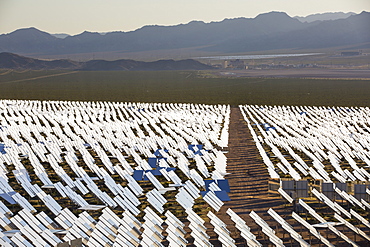
The Ivanpah Solar Thermal Power Plant in California''s Mojave Desert is currently the largest solar thermal plant in the world. It generates 392 megawatts (MW) and deploys 173,500 heliostats that reflect the suns rays onto three solar towers. It covers 4,000 acres of desert.
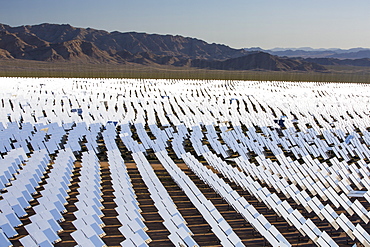
The Ivanpah Solar Thermal Power Plant in California''s Mojave Desert is currently the largest solar thermal plant in the world. It generates 392 megawatts (MW) and deploys 173,500 heliostats that reflect the suns rays onto three solar towers. It covers 4,000 acres of desert.
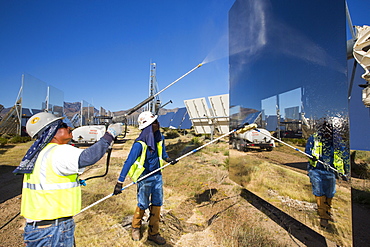
Workers washing the heliostats to maximise reflective power at the Ivanpah Solar Thermal Power Plant in California''s Mojave Desert is currently the largest solar thermal plant in the world. It generates 392 megawatts (MW) and deploys 173,500 heliostats that reflect the suns rays onto three solar towers. It covers 4,000 acres of desert.
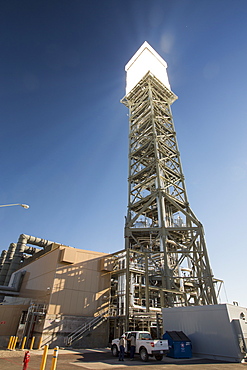
The Ivanpah Solar Thermal Power Plant in California''s Mojave Desert is currently the largest solar thermal plant in the world. It generates 392 megawatts (MW) and deploys 173,500 heliostats that reflect the suns rays onto three solar towers. It covers 4,000 acres of desert.
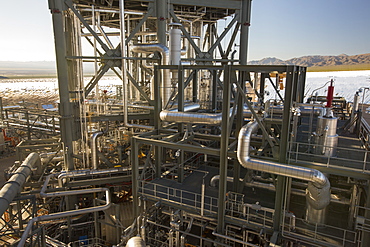
The Ivanpah Solar Thermal Power Plant in California''s Mojave Desert is currently the largest solar thermal plant in the world. It generates 392 megawatts (MW) and deploys 173,500 heliostats that reflect the suns rays onto three solar towers. It covers 4,000 acres of desert.
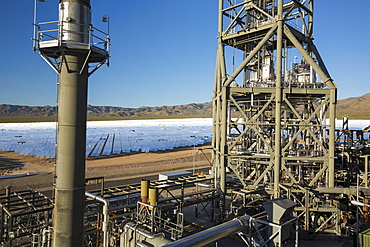
The Ivanpah Solar Thermal Power Plant in California''s Mojave Desert is currently the largest solar thermal plant in the world. It generates 392 megawatts (MW) and deploys 173,500 heliostats that reflect the suns rays onto three solar towers. It covers 4,000 acres of desert.
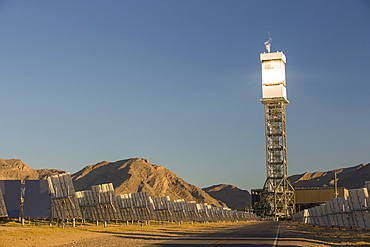
The Ivanpah Solar Thermal Power Plant in California''s Mojave Desert is currently the largest solar thermal plant in the world. It generates 392 megawatts (MW) and deploys 173,500 heliostats that reflect the suns rays onto three solar towers. It covers 4,000 acres of desert.
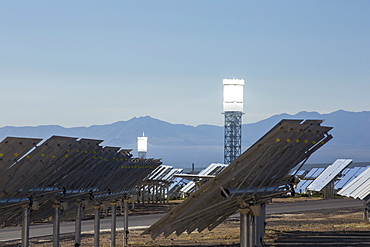
The Ivanpah Solar Thermal Power Plant in California''s Mojave Desert is currently the largest solar thermal plant in the world. It generates 392 megawatts (MW) and deploys 173,500 heliostats that reflect the suns rays onto three solar towers. It covers 4,000 acres of desert.
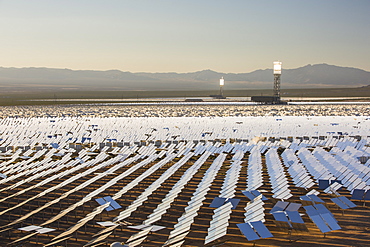
The Ivanpah Solar Thermal Power Plant in California''s Mojave Desert is currently the largest solar thermal plant in the world. It generates 392 megawatts (MW) and deploys 173,500 heliostats that reflect the suns rays onto three solar towers. It covers 4,000 acres of desert.
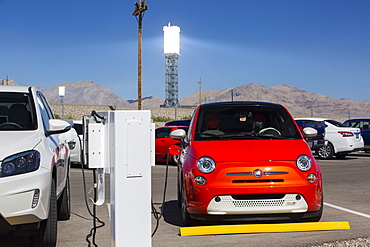
Electric cars being recharged at the Ivanpah Solar Thermal Power Plant in California''s Mojave Desert is currently the largest solar thermal plant in the world. It generates 392 megawatts (MW) and deploys 173,500 heliostats that reflect the suns rays onto three solar towers. It covers 4,000 acres of desert.
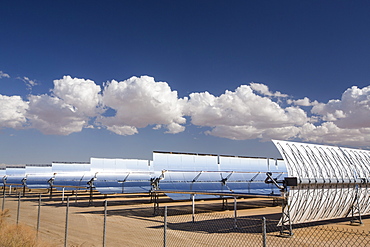
The 354 megawatts SEGS plant at Kramer Junction is the second largest solar thermal power plant in the world, mojave Desert, California, USA.
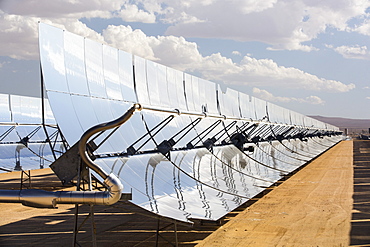
The 354 megawatts SEGS plant at Kramer Junction is the second largest solar thermal power plant in the world, mojave Desert, California, USA.
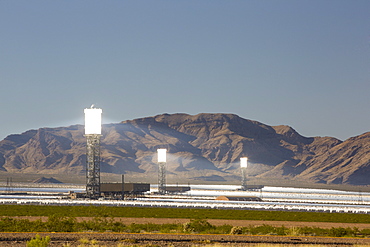
The Ivanpah Solar Thermal Power Plant in California''s Mojave Desert is currently the largest solar thermal plant in the world. It generates 392 megawatts (MW) and deploys 173,500 heliostats that reflect the suns rays onto three solar towers. It covers 4,000 acres of desert.
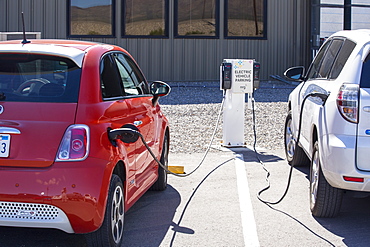
Electric cars being recharged at the Ivanpah Solar Thermal Power Plant in California''s Mojave Desert is currently the largest solar thermal plant in the world. It generates 392 megawatts (MW) and deploys 173,500 heliostats that reflect the suns rays onto three solar towers. It covers 4,000 acres of desert.


